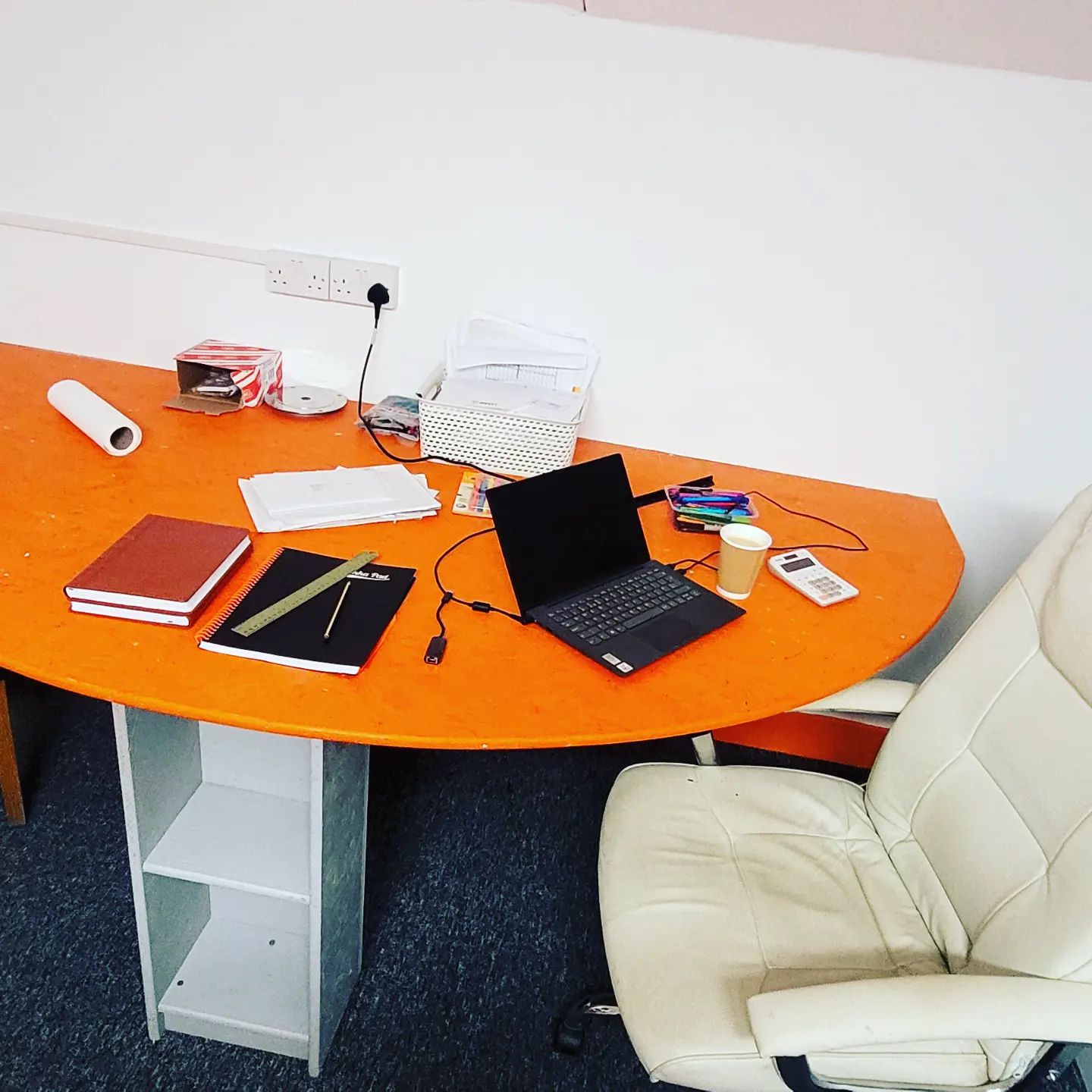Most wet rot outbreaks in homes rarely display visible fungus, because the activity is usually confined under the surface of the wood. In this regard they are a more efficient wood destroying fungi than dry rot – many wet rots don’t waste precious energy building fungal growths on masonry (though some, notably the Fibroporia species do so). All their effort is spent where it matters, breaking down damp wood from within. This is why for example the wet rot fungus Coniophora puteana will rot the inside of a floor beam away, leaving a sound skin of wood to the naked eye.
The wood near the surface of timber is dryer, so this common species of wet rot stays away from that and builds its web of fungal hypha in the damp wood – the wood which it is able to utilise for growth.
This means that the damage may be considerable, yet only detectable to a trained and experienced timber surveyor (Fig 2). Any building timber with a moisture content over 20% is at risk of attack by wet rot. However, most timber in occupied houses is much dryer than this. If you watch one of our surveyors test skirting boards or door frames in a heated and ventilated house, the readings are often between 8% and 13% – way too dry for wet rot to survive or develop.

